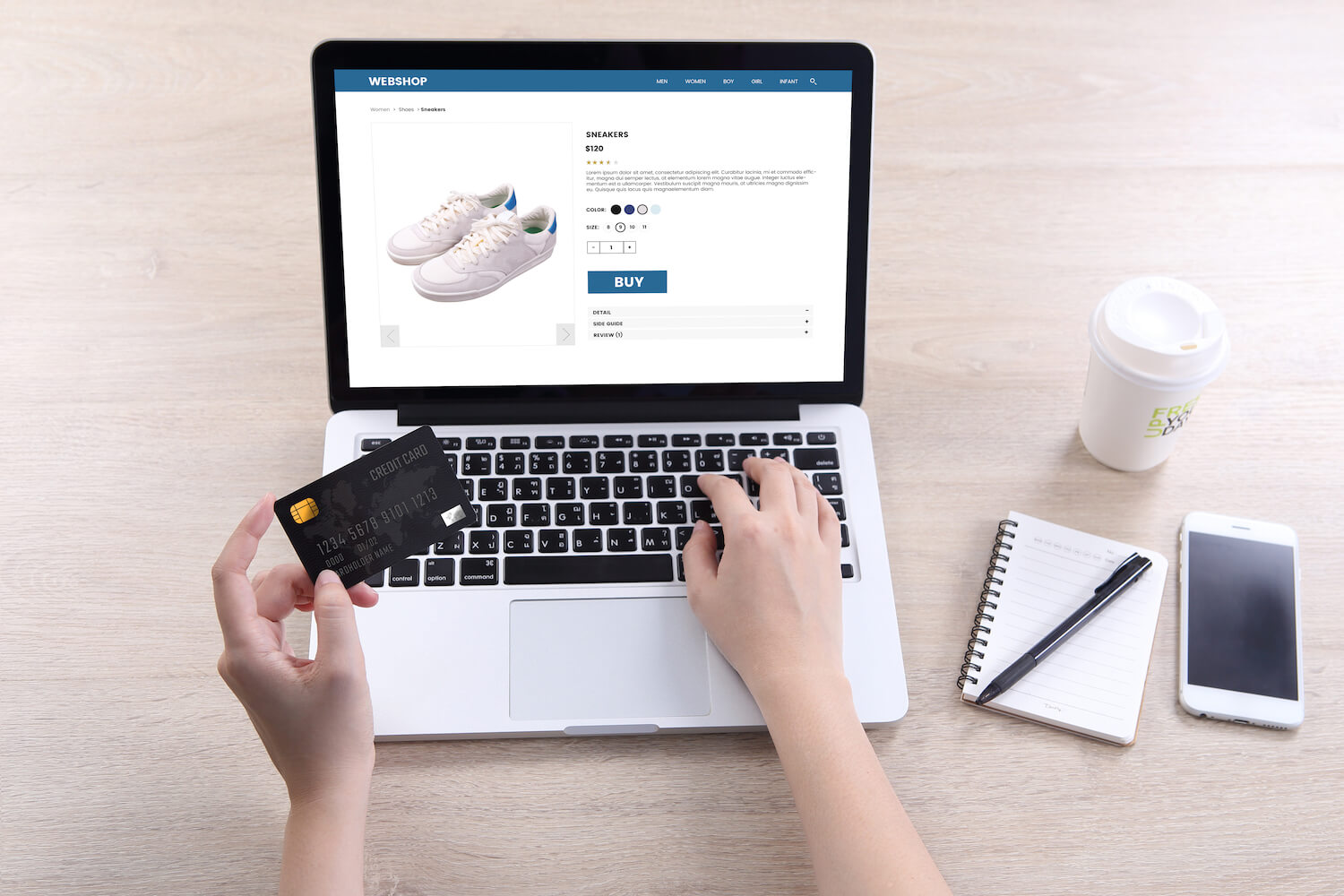Have you heard about having a sales funnel for your eCommerce business, but aren’t sure what it is and where to get started?
We know it can be overwhelming to yet again learn something new and execute another strategy.
Let's break it down, what is a sales funnel and why do you need one?
An eCommerce sales funnel helps you to identify your customer’s pain points that they may encounter along the way of interacting with your business. It will also highlight the areas where the majority of your conversions happen.
With all the data that you collect over time, you can optimize your funnel to ensure that your customer’s journey is as seamless as possible! This is why you need a sales funnel for your eCommerce business.
Now the question is, how do you build an eCommerce sales funnel? Let's get into that next.
How to Build an eCommerce Sales Funnel
Every business will have a sales funnel depending on a couple of factors. There are four common stages that sales funnels have. Your prospects customer will make their decisions based on their first impression of your brand:
Awareness
Consideration
Decision
Retention
By analyzing each of these four main stages of your funnel, you should be able to identify your pain points and point of impact to begin the process of optimizing your customer journey which will increase revenue.
We will now go into further detail with each stage of the funnel to help you better understand the funnel that you are going to build for your eCommerce business.
Awareness
The awareness stage is at the top of your sales funnel. This is when a consumer is looking to solve a problem and becomes aware of your business as a way to solve their problem. People often come to your website by social media, email, SEO, friends/family, or paid ads. At this stage, you want to wow your prospective customers as much as you can. You can do this by sharing relevant information about your products, exclusive discounts, brand story, and relevant educational content (blogs, YouTube videos, forums, podcasts).
As more people are introduced to your brand through your content and expertise, you’ll attract more interested, target specific customers for your business. Now that we have prospects lurking around, we are now ready to move down the funnel to the next stage.
Consideration
With well-targeted, potential customers visiting your eCommerce website, you have successfully reached the consideration stage. During this stage, your prospects are considering purchasing your products. By this point, they may have joined your email or SMS marketing lists.
Throughout the consideration stage, it is the optimal time to build trust with your potential customer and give them the confidence they need to move on to the next funnel stage to make a purchase decision.
Going to point out here that this is not the ideal time for over-the-top product promotion. Instead, it is more effective to allow your products to speak for themselves through social proof from previous customers.
During this stage is when your prospects will be reviewing your product reviews to see what others have to say. Gather as many reviews, testimonials, and social proof because that will be ideal to showcase for this stage of the funnel. Also, this is the perfect time to ask them to join your email list if they haven’t already, follow your social media pages, and have them read whitepapers or other valuable educational content. This will help you strengthen your trust in them.
By now, customers are well down into your funnel and are seriously considering making a purchase. Give them that extra nudge they need to move onto the decision stage.
Decision
You should always target your first-time visitors differently. Provide that extra incentive for them to make that first purchase from you by offering a special first purchase discount or free shipping. This will aid in taking away their indecisiveness in purchasing from a new brand.
Strategic use of on-site messages such as carefully timed pop-ups or abandoned cart emails to get that purchase finalized will help them make their decision that much easier.
You’ve almost made it through the whole sales funnel! You’ve attracted awareness, gained interest, and now completed a sale. Now, we move on to the final stage of the funnel which is making repeat customers.
Retention
How do you turn a one-off purchase into a loyal customer? With a sincere, well-thought-out thank you email. This is the ideal time to introduce your customer loyalty program, offer rewards and incentives for returning customers. Also, you can send useful forms to help you gather product reviews, customer surveys and offer incentives for referrals.
Your thank you email can build trust and strengthen your relationship. It is a way to welcome a valued new member into your community by creating a sense of exclusivity and belonging. This will make a customer feel appreciated.
You can keep this good vibe going with engaging content delivered regularly to their inbox, but don’t be annoying. Don’t forget about personal touches like birthday deals and holiday specials.
Recap: How to Build an eCommerce Sales Funnel
As mentioned previously, every customer journey is different depending on different variables. For example, some sales funnels are straight to the point and can lead to a rapid purchase within minutes to under a day. Meanwhile, others can take weeks, months, or years of nurturing.
What’s important is to recognize the four key stages that all customers go through. Regardless of what you are selling, learn how to optimize your sales funnel for seamless transitions throughout the customer journey. Increased conversions and a growing list of repeat customers are your rewards for a well-optimized sales funnel for your eCommerce business.







